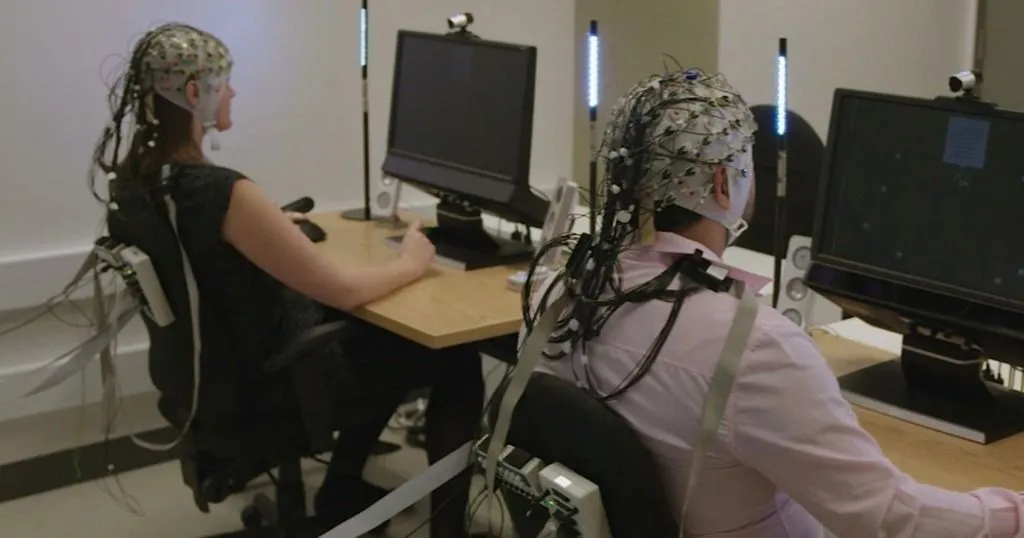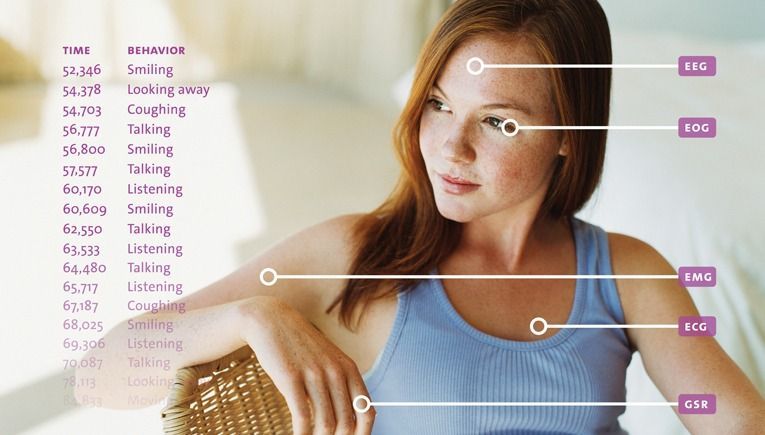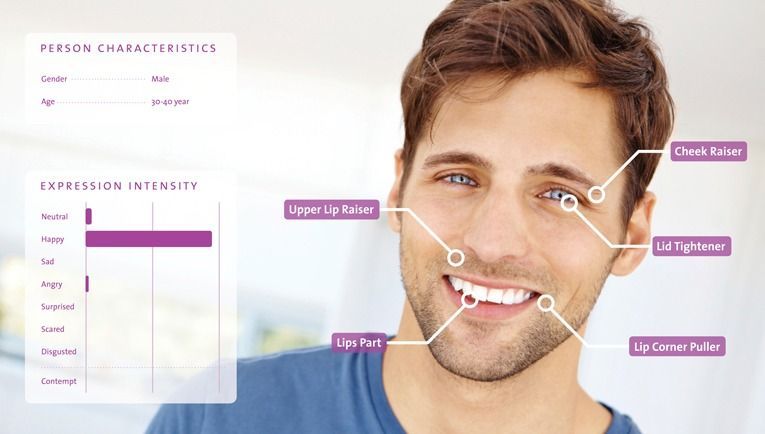What is Biometric Research?

Biometric research is the study of subconscious processes related to attention, cognition, emotion, and physiological arousal.
Posted by
Published on
Mon 18 Feb. 2019
Topics
| Data Integration | Emotions | Eye Tracking | FaceReader | Facial Expression Analysis | Heart Rate | Physiology | The Observer XT |
Biometric research is the study of subconscious processes related to attention, cognition, emotion, and physiological arousal. Many researchers worldwide study both explicit and implicit behavior. There is more to behavior than what the eye can see.
Different sensors to measure behavior
Biometric research uses sensors that are designed to measure and record various signals that our body produces – from our facial expressions and eye movements, to our heart rate, brain signals, and more.
For example, when you look at a stimulus (such as an advertisement or YouTube video), your eyes follow the main subject in the video, your facial expression may change, and you might get sweaty hands.
All of these signals tell a true story about how you’re feeling in response to a stimulus. That’s why many people rely on these signals in psychology, consumer research, and neuromarketing.

Quantify your results
Interviews and surveys study behavior and motives but not the implicit or “first moment of truth”. For example, think about socially desirable answers. Research shows that respondents are unable or unwilling to speak their mind and instead say what they think is more socially acceptable.
What is Biometric Research?
Biometric research is a field of study that utilizes sensors to measure and analyze various physiological and behavioral signals emitted by the human body. When conducting biometric research, you are studying a person's subconscious processes related to attention, cognition, emotion, and physiological arousal. To measure biometrics, you need special research tools.
Biometric research tools gradually find their way into many fields that study human behavior, including: psychology, educational research, gaming studies, user experience research, or neuromarketing. Each biometric sensor provides different insight into human behavior, and together they can help us better understand (and predict!) human behavior.
Tools for the researcher
Interview or questionnaire
Combine tools for biometric research with traditional methods and techniques in order to create a broader picture.
Eye tracking and facial expression analysis
Combine the two to find out where the participant looked when frustrated, or, for example, what element in the video surprised the participant the most. Perfect synchronicity is key to matching the measurement of attention or cognitive workload to emotions.

GSR (Galvanic skin response)
When we experience something physiologically arousing (for example a roller coaster ride), you can feel your fingers tingle. GSR devices can detect this change in physiological arousal. GSR is related to the intensity of the reaction to a stimulus providing a measure of the emotional or physiological intensity, but not what the feeling actually is. Ideally, you combine GSR with facial expression analysis and pre- or post test interviews.
EEG (Electroencephalography)
This measure gives you information about the feelings of engagement or avoidance that the respondent experienced. Interpreting EEG signals is very difficult but being able to know how someone’s brain is implicitly reacting to stimuli can be incredibly insightful.
ECG (Electrocardiography)
Changes in your heart rate provide information about how you are experiencing your environment. If you feel anxious or excited, your heart rate will increase, and if you feel drowsy, your heart rate will decrease. Monitoring fluctuations between physiological excitement and behavior will help you gain insight into what is physiologically arousing and what is calming.
Data integration
You can create a deeper understanding of human behavior by using biometric research data alongside videos, interviews, and questionnaires. This post helps you understand what biometric research is, and how different tools can help you gather biometric data. It is precisely that moment where your data shows you new insights, when human behavior research gets really interesting!
Examples of biometric research
Prof. Julien Mercier from L'Université du Québec à Montréal (UQAM) is studying educational research. His lab is looking at refined brain information over time, involving the cognition and the affect of the learner.
Jean-Marc Diverrez, from bcom Institute of Research and Technology, France talks about measuring emotions. He hopes that the projects will go out of the lab and into the real world. He looks into all kinds of new technologies and sensors to better measure and thus understand emotions.
The Social Media Lab at the University of Louvain uses Noldus' software to integrate different data streams and set up experiments.
Related Posts

Do emotions affect preferences to opera music?

Entrepreneurs’ facial expressions & emotional contagion during investor pitches

